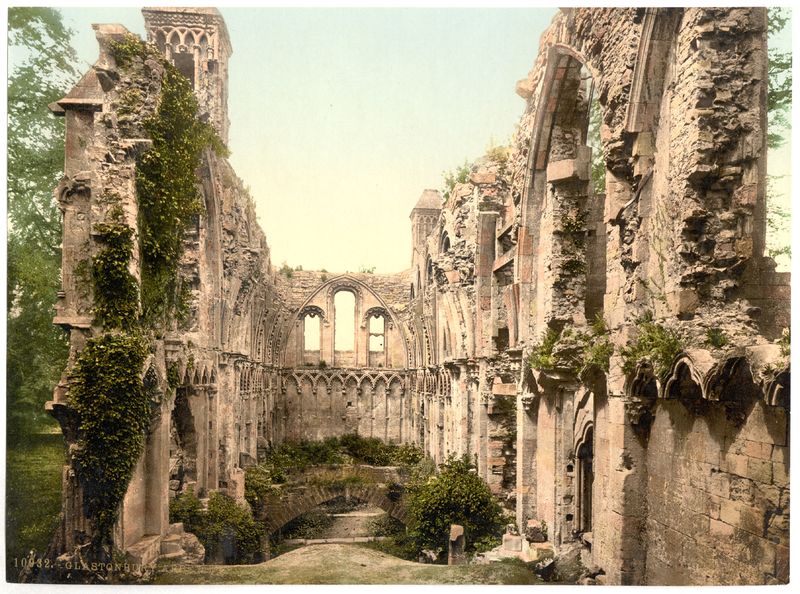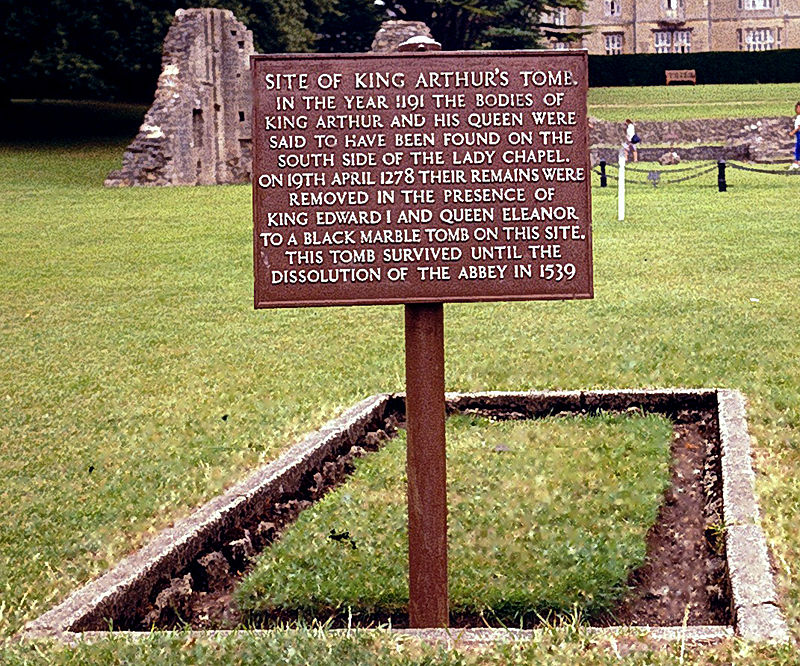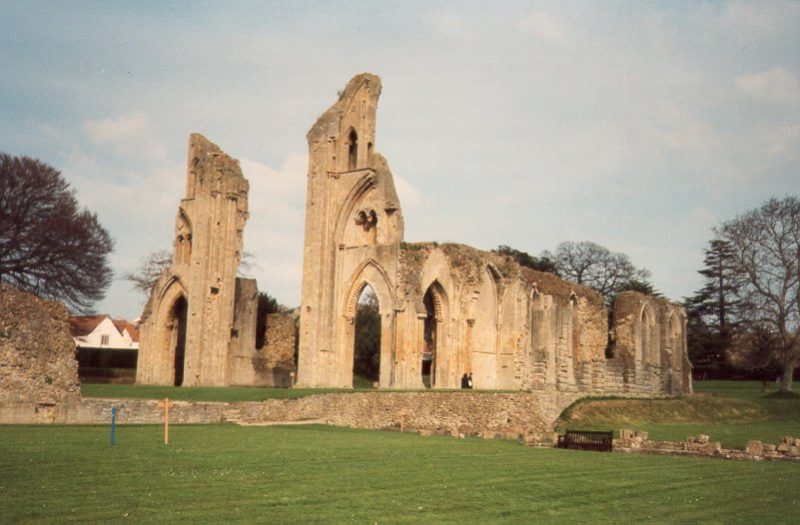Scientists have recently discovered that the story of King Arthur’s grave having been found and excavated are false. King Arthur’s grave was claimed to have been found by monks in 1191. And Ralegh Radford, an archeologist, said he had found the site during the 1950s and 60s while doing geological survey work at the site. Neither of these claims seems to be true.
Glastonbury, the abbey that has been thought to be the burial place of King Arthur, is surrounded by legends which we now know were made up by medieval PR agents who were trying to raise money. The monks were desperate for money after their abbey was destroyed by a fire in 1184. After the supposed finding, the abbey was rebuilt and was designed to look mystical so that the abbey would be frequented by visitors with cash in hand.
Ralegh Radford excavated the area in the 1950s and 60s after having read of the supposed burial site in books. He ended up finding interesting artifacts and making geological surveys of the area, but the dating of the finds did not match up to the time period of the Abbey. Radford had claimed he found a Christian British cemetery which would later be revealed as a possible Saxon area; the earliest in England. This was supposedly where King Arthur’s grave was, according to the monks in 1191.

The four years re-reading and re-assessing all of the legends and stories about the Somerset Abbey, done by researchers at the University of Reading, proved Radford to be wrong. Although he desperately wanted the cemetery to date to the Dark Age, it did not. The cemetery and remains in it date later than the Dark Age. What is more, the hole that Radford claimed was the grave of King Arthur had materials that dated from the 11th to 15th centuries, further evidence that the hole could not be linked to the era of King Arthur and Queen Guinevere.
The university research team spent much time trying to make sure they had not missed anything. Researchers found out that the books that held the “facts” were actually full of myths, resulting in throwing off anyone looking for clues about King Arthur’s grave. They also found out that the site the Abbey was on was occupied nearly 200 years earlier than estimated. This comes from the discovery of fragments of ceramic wine jars imported from the Mediterranean area, giving rise to the idea that this is evidence of the Dark Ages.
One researcher, Roberta Gilchrist, says that their team has changed Glastonbury Abbey’s history. She said the key to finding the truth was to stop and take a step back to view what seemed true and what seemed fake. She and her team also used 21st century technology to help determine what was a myth and what was true in the history of the Abbey. Considering that many digs and excavations solely relied on the Glastonbury’s legends, it is no wonder that those digs were unsuccessful.

Along with reading the myths and documents, the research team also looked into the analysis of the chemical composition of the glass, metal, and pottery used in the Abbey, using artifacts at the Glastonbury Abbey Museum.
Professor Gilchrist said that although the one area Radford excavated did not contain evidence that King Arthur was buried there, that doesn’t mean that King Arthur’s remains weren’t elsewhere on the site. However, the soundest evidence done by her team suggests that the monks really did make that legend up.
She does give Radford credit for believing the evidence, and since he did not have modern technology to prove it, she said he did a very good job. Thanks to radio carbon dating, they were able to take the artifacts and evidence one step further; they were able to date a piece of glass to around 700 AD. That date would suggest the piece was there around the time of Saxon England.

Professor Gilchrist also said that in order for the monks to get enough money to rebuild their abbey, they had to keep the legend alive so people would be interested in coming to the area and providing the monks with enough money for upkeep of the abbey. After raising enough money to rebuild their abbey, the monks laid the buildings and abbey out in a certain way; one that would go with the story. They also rebuilt the church to look older than it was so that it appeared to demonstrate its ancient heritage and emphasize the mystical feeling.
The Abbey was operated by the monks in such a way as to propagate the legend that King Arthur acted like a Christian saint, even though he was just a king. The stories the monks told eventually made their abbey the second richest monastery in England.
